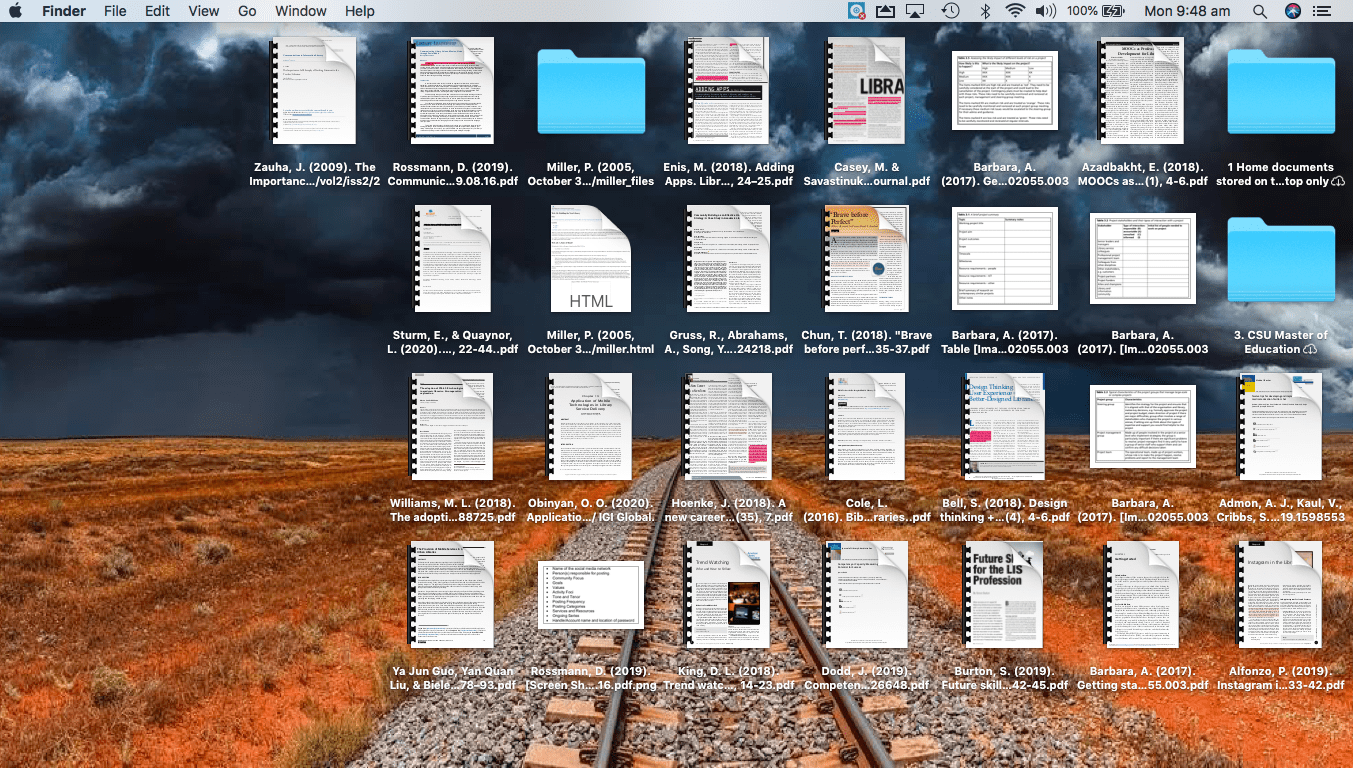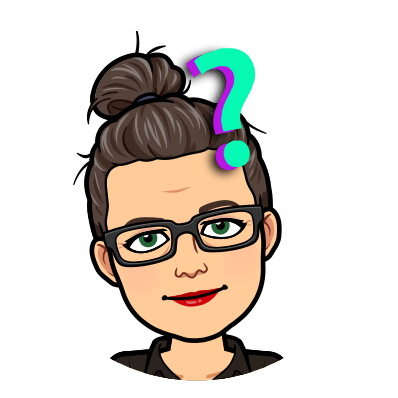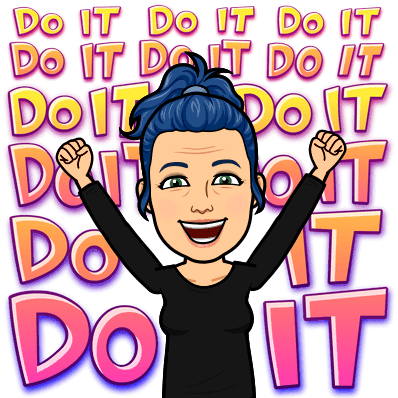
OLJTask 10: Defining librarian 2.0
I don’t have an ‘organisation’…but I have the goods!
While I did read the module, I simply did not have time to read everything thoroughly and then complete this post before I submitted my first assessment. Thus, this reflection is written in support of that assessment and how I could have improved it having now read the module in detail. (As I write, I have received my assessment back and I have passed so that is a relief!)
I am not currently working in a library so that aspect of my reflection below will be based on my past experiences. It is also the reason a lot of my approaches seem too broad – I haven’t yet accomplished the level of practical experience required to narrow the roles and responsibilities of TLs down to the nitty gritty. That said, however, I recently attempted a job interview as a librarian in a local public library and they asked what I bring to the role. I floundered a little, but I said something like, I am focused on the library users, I have a positive attitude and I am flexible – very similar to the ‘customer service focus, strategic viewpoint and ability to be adaptable and resilient’ presented by Burton (2019, p.44).
So too do I have an open approach to programs that I will attempt and a modern take on what it means to be a teacher librarian in the 21st century. Chun (2018) lists some great attributes of TLs, which I believe I possess: user-driven focus – particularly for students, passionate, collaborative, innovative, risk-takers, leaders, evaluative – readily seeking and accepting feedback for growth, ever increasing their knowledge scope, and a consistent willingness to try new things. King (2018) adds ‘trend watcher’ to this list (in terms of the digital age) which I believe is most easily monitored via social media and applications like Diigo (mentioned in my assessment).
Did you thoroughly discuss web 2.0 or library 2.0?
I think the design process recommended by Bell (2018) is simple but beautiful: what’s the need, why is it a need, how can we fulfil the need? Change is necessary and the simpler the approach, the better.
In particular, the in assessment 1, I did not cover enough (or anything?) about the importance of having a change to web 2.0 minimum approach to social media in an organisation. Miller (2005) was writing about it 15 years ago, ergo, it isn’t new, by any stretch in technology terms, much less the term ‘library 2.0’, reimagining the library in a user-centred model for 21st century library services (Casey & Savistinuk, 2006). Here are three quotes that struck me particularly:
“The heart of Library 2.0 is user-centered change. It is a model for library service that encourages constant and purposeful change, inviting user participation in the creation of both the physical and the virtual services they want, supported by consistently evaluating services. It also attempts to reach new users and better serve current ones through improved customer-driven offerings” (Casey & Savistinuk, 2010, p.40).
“If we are not responding to the experiences our members are receiving in other cultural, learning, and retail industries, then we risk being irrelevant for our communities’ immediate and future needs” (Jane Cowell in Hoenke, 2018, p.7).
“What makes a service Library 2.0? Any service, physical or virtual that successfully reaches users, is evaluated frequently, and makes use of customer input is a Library 2.0 service” (Casey & Savistinuk, 2010, p. 42).
 (Note: This user-centred or user-focussed approach has been mentioned in my blog previously and also in my second assessment on the positives and negatives for library resource genrefication, written for ETL505 Describing and Analysing Educational Resources).
(Note: This user-centred or user-focussed approach has been mentioned in my blog previously and also in my second assessment on the positives and negatives for library resource genrefication, written for ETL505 Describing and Analysing Educational Resources).
Yet, despite social media’s ‘coming of age,’ I have encountered quite a bit of resistance to interactive social media in the workplace. One principal (no longer in the same role) explicitly forbade it on school grounds. Indeed, teachers were not allowed to even have their phones out at school at any time and she was very clear that we would be terminated if we were caught. The lady who ran the canteen (a seasoned local, much respected) had a Facebook (FB) page for the school canteen and kitchen garden at the school. One year, I added photos to her FB page that I’d taken while teaching in the school kitchen garden (in my role as the kitchen garden teacher, being careful to only upload those images without people in them) and one of the principal’s friends (the librarian no less, also no longer at the school) ‘reported’ it.
I remember had to sit in the principal’s office and show her what I had uploaded and who was running the FB page, proving it wasn’t myself and that I had not dared to cross her (as if I would!). It was a ridiculous situation that was only helped that the images were (and still are) lovely representations and promoted what was one of the most important programs at the school. To this day, the school and surrounding schools in the town have a very reserved approach to social media which I find ‘safe’ but at the same time quite sad.
After reading Casey & Savistinuk (2010) libraries or schools who prohibit social media (or worse, get rid of the library all together, such as a local high school recently did in my area, refusing to reimagine the space as a Library 2.0) have lost the opportunity to ‘harness collective intelligence’ of the community and limited their ability to ‘tap into users via the long tail’ – i.e. they simply provide the same services to the same groups, fearing and avoiding change, without considering that they could allow users to anonymously comment or offer feedback on the collection or services and grow.
Did you mention privilege?
School administrators who refuse to partake in social media, omit a ‘tech savvy’ portion of society (Williams, 2018) who use social media as their primary method of communicating with the library or school – generally speaking, those who simply find it easier to use (not to mention those who are from lower socio-economic status (SES) who are traumatised or marginalised, or who have limited access to academia or literacy levels). This is supported by Admon, Kaul, Cribbs, Guzman, Jimenez, & Richards (2020, p.500) who point out that social media creates “an open forum by disrupting the boundaries of geography, position, institution, and hierarchy.” (And, although I’m not sure that I’m ready to run a ‘Twitter chat’ session for an organisation myself, as recommended by Admon et al. (2020), I appreciate their recommendations and will refer to them should a Twitter chat be warranted in future).
Certainly, having lived in Broken Hill for 6 years, I can attest that Facebook (linked to Instagram) was the primary source of advertising used by local businesses and community services – simply for the fact that everyone was on it and it was basically free (omitting the cost of the technology and internet).
 Perhaps it is well and truly time for librarians and school administrators to consider our perceptions of privilege in our user-centred approaches to the library and in our communications with society. ie. Are we avoiding social media because we want to push our academic forms of communication onto a society who will only suffer from our position of power over information?
Perhaps it is well and truly time for librarians and school administrators to consider our perceptions of privilege in our user-centred approaches to the library and in our communications with society. ie. Are we avoiding social media because we want to push our academic forms of communication onto a society who will only suffer from our position of power over information?
Did you consider access in terms of ability?
Enis (2018) points out that we cannot just have the latest most whiz-bang applications and software but we also require facilitators (e.g. teacher librarians) to help our patrons utilise and access them as required. Furthermore, something else I note about my assessment was that my proof reader had recently completed an access related course where she said that I needed to change how I mentioned the image in my assessment so that I described it for those who might be colourblind. This links to the TEDtalk mentioned in Module 4: ‘If we consider our library a user-focused library, we need to tailor access for everyone, including those who rely on social media for connections to the library or school.’
Did you point out not just ‘doing’ social media but doing it well?
While I particularly covered aligning the social media recommendations with the broader school plan. I like the ideas from Rathore (2017), as well as those from Rossmann (2019) to align the social media project with the ‘broader communication plan‘ and am curious how many school libraries and schools in general actually have a communication plan…?
I did mention doing social media ‘well’ in my assessment, but I don’t feel I supported my comments aptly, having not mentioned Rossmann’s (2019) article which goes into ‘social media optimisation’ in depth. In addition, the argument for not just ‘doing’ Library 2.0, but doing it well is made very clear in the below TED talk:
Did you mention networking between librarians?
Another item that I did not mention in my assessment are the networking links between schools (lead by the teacher librarians). Just as the networking that prohibited social media in my previous setting, so too could networking help support tentative schools in taking the plunge into library 2.0 concepts and web 2.0 social media connections (and even web 3.0 interactive applications), as recommended in Cole (2016, p.9) challenging the library’s role as a “fixed community asset…(making its scope) unfettered by static definitions.” (What was obviously lacking in that scenario was simply leadership).
Did you discuss project management and the various means of evaluation?
I did touch on project management / change leadership in terms of the timeline and involvement of a digital learning environment leadership team in my project proposal assessment. However, I would have liked to have more formally included the ideas recommended by Allen (2017) also, including: identifying and researching user needs, identifying and researching the project’s aim(s) based on the context’s vision/mission/strategic plan and the potential impact of the project on those needs, having clear measures for success – while still accepting a margin of trial and error, consideration for the context and norms within it, discussing the types of stakeholders/project groups and the required levels of communication/input, assessing the risks, and providing a basis for future professional development and growth of the context. Furthermore, of particular interest, is the project management table by Allen (2017, p.54) that I could have used (among other great tables by Allen). I also liked the ideas from Bell (2018) which recommends the Design Thinking Toolkit for Libraries (with free downloadable toolkit) and the ‘Its Broken’ video by Seth Godin.
When it comes to the evaluation stage of the project, again, I don’t think I fully discussed the scope required for evaluation of the recommendations in my assessment. All services, new and old, require a schedule and means for evaluation across the whole context and beyond – current staff, users, community members and those we are trying to gain via outreach (Casey & Savastinuk, 2010).
References
Admon, A. J., Kaul, V., Cribbs, S. K., Guzman, E., Jimenez, O., & Richards, J. B. (2020). Twelve tips for developing and implementing a medical education Twitter chat. Medical Teacher, 42(5), 500-506. https://doi.org/10.1080/0142159X.2019.159855
Allen, B. (2017). Getting started. In The No-nonsense Guide to Project Management (pp. 49-70). Facet. doi:10.29085/9781783302055.003
Bell, S. (2018). Design thinking + user experience = better-designed libraries. Information Outlook (Online), 22(4), 4-6.
Burton, S. (2019). Future skills for the LIS profession. Online Searcher, 43(2), 42-45.
Casey, M. & Savastinuk, L. (2010, May 21). Library 2.0: Service for the next-generation library. Library Journal.
Chun, T. (2018). “Brave before perfect”- A new approach for future-ready librarians. Teacher Librarian, 45(5), 35-37.
Cole, L. (2016). BiblioTech as the Re-Imagined Public Library: Where Will it Find You? Paper presented at: IFLA WLIC 2016 – Columbus, OH – Connections. Collaboration. Community in Session 213 – Metropolitan Libraries.
Enis, M. (2018). Adding Apps. Library Journal, 143(6), 24–25
Hoenke, J. (2018). A new career in a new town. Information Today Inc. 35(7).
King, D. L. (2018). Trend watching: Who and how to follow. Library Technology Reports, 54(2), 14-23.
Miller, P. (2005, October 30). Web 2.0: Building the new library. Ariadne, 45. http://www.ariadne.ac.uk/issue45/miller
Rathore, S. (2017, August 22). 7 Key steps in creating an effective social media marketing strategy. [Blog post]. https://www.socialmediatoday.com/social-business/7-key-steps-creating-effective-social-media-marketing-strategy
Rossmann, D. (2019). Communicating library values, mission, vision, and strategic plans through social media. Library Leadership & Management, 33(3), 1-9. doi:10.15788/2019.08.16
Williams, M. L. (2018). The adoption of Web 2.0 technologies in academic libraries: A comparative exploration. Journal of Librarianship and Information Science. https://doi.org/10.1177/0961000618788725



